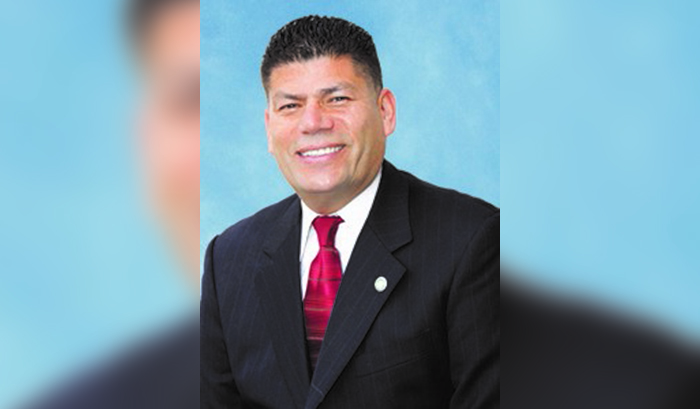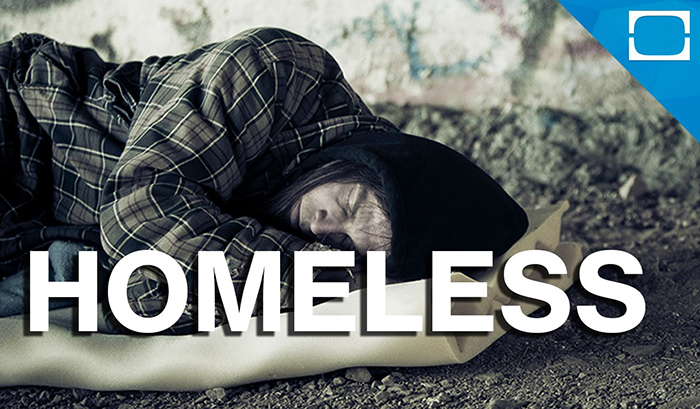[img]1196|left|Dr. Dena Herman||no_popup[/img]When the School Board of LAUSD voted 5 to 2 last week to eliminate strawberry- and chocolate-flavored milk from their daily menus, pledging to use only what cows actually produce in the raw, a pediatric nutritionist on the ninth floor of a tall Wilshire Boulevard building in Westwood cheered loudest. Naturally, she thinks this is an enlightened advance, just as your mother used to say a few years ago. Since February, Dr. Dena Herman has been regional co-director of an unprecedented massive survey of children’s health and development, and that is why she knows so much. Besides UCLA, she works for the National Children’s Study, which tracks lives of the young from pre-conception — now how do they know that? — to the age of 21.
The study is much broader than nutrition, said the nutritionist, spying on the interaction between genetics and the environment.
This enormously broad subject received a helpful global boost last year when First Lady Michelle Obama declared war — it runs in the family — on obesity.
Dusting off the Spotlight
Rampant overweight students happens to be one focus of the National Children’s Study, along with diabetes and autism, both of which have been sprung from the closet and become regular front page stories during the past year.
Now what about those school lunch programs?
From the sidelines, Dr. Herman, a UCLA faculty member in Public Health, says her role with LAUSD is to “foster a relationship for community outreach and engagement,” as opposed to policymaking. “We do presentations on healthy nutrition for parents and children at various schools. I have other roles, but within the realm of the National Children’s Study, we speak mostly to administrators, and we make nutritional recommendations.”
As the mother of two young boys starting their school days, Dr. Herman says that “schools are, in my opinion, the role models for how nutrition should be delivered and how children should eat. Children spend the majority of their time in school. So schools need to set up an environment that sets excellent examples for children to learn about nutrition along with science and math because all of those subjects go together.
“I hope children learn from the beginning what is appropriate to eat so that, with the schools’ help, they can reach their maximum potential, cognitively and physically.”
With such a vast undertaking, how will Dr. Herman and her colleagues know they are making progress, having an effect?
“When the rate of childhood obesity is reduced, when we can see that schools are increasing the amount of fruits and vegetables children should eat, increasing the amount of fibre so that children reach nutrient-based objectives and when we reduce the number of sick days that children experience during the school year.
Why Schools Failed in Their Mssion
“The schools have a lot to provide,” Dr. Herman said, “in the way of helping families meet those goals for their children.”
Although public schools have been subjected to heavy criticism for at least the last 20 years for accenting junk food in their daily servings, Dr. Herman will defend them.
“Schools try their best to provide the right things,” she says. “Remember that schools often are caught in a budgetary situation where they need to make a certain amount of money to have programs run. And they also want to provide healthy options. There always is the juxtaposition of which priority when. I think the intention always has been to provide good nutrition and good examples, everything from having school-based gardens, science gardens, to starting salad bar efforts (in Santa Monica). And in the last week, there has been an effort by LAUSD to change the milk menu.”
Dr. Herman says that schools “were more on track 30 or 40 years ago” with their school lunch programs than they are today. In those days, “we had vending machines with milk and with fruit. Our options used to be much better. There wasn’t the proliferation of unhealthy snacks.”
What failed?
“Schools became increasingly dependent on revenue generation for their food and nutrition programs,” Dr. Herman says.
Fast food became a consumptive fad nationwide on campuses, she says, because purveyors of fast foods aggressively marketed themselves to school people as a speedy, moderately inexpensive, uncomplicated solution to growling stomachs and overworked school kitchens.
But the blame must be shared by the common folk.
Dr. Herman says popular demands changed, and there came a time when traditional old staples no longer appealed to students who had been exposed to a wider, more sophisticated world while growing up than previous generations.
The most persistent game-changer, she believes, is money, the shortage of it, the ever-shrinking school budgets. As funding has declined, “many school districts have gotten rid of their local kitchens,” Dr. Herman says, “and this is a huge factor.
“Schools no longer can prepare their own food. Everything is shipped in from a central commissary. This limits the ability of schools to be pro-active with their menus. If your food is shipped in daily, the options will be fewer and the offerings will be unappealing.”
Dr. Herman cites the Montebello Unified School District and Santa Monica-Malibu as models to be emulated — Montebello because it has retained its fresh-cooking kitchen, Santa Monica because it has introduced a salad bar.
LAUSD, which serves 650,000 meals a day, is lining up with the nutritional progressives. Questionably healthy items such as chicken nuggets and corn dogs are next on the district’s to-go list, as in out the door and into the garbage can.






